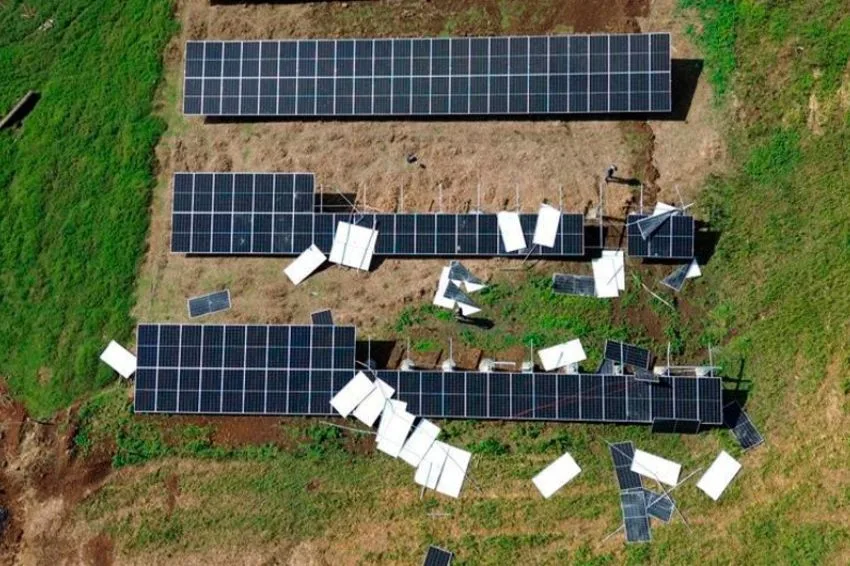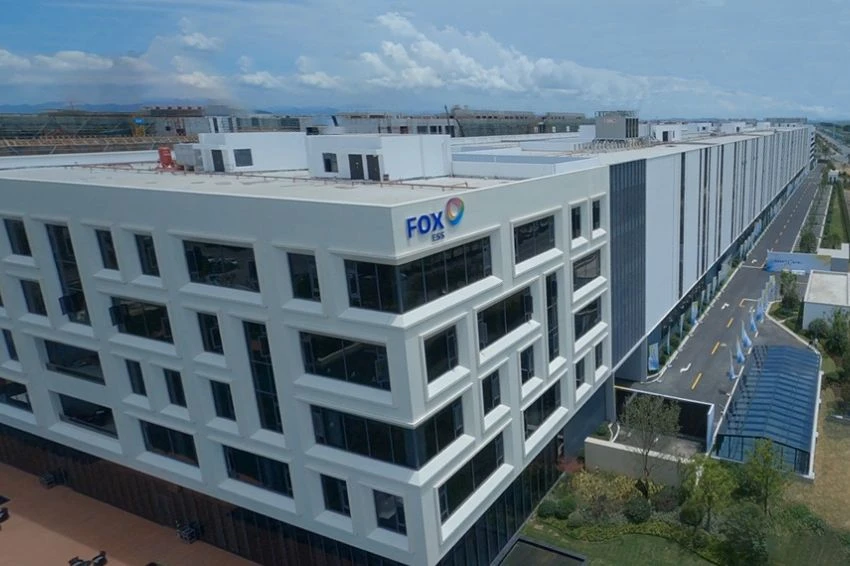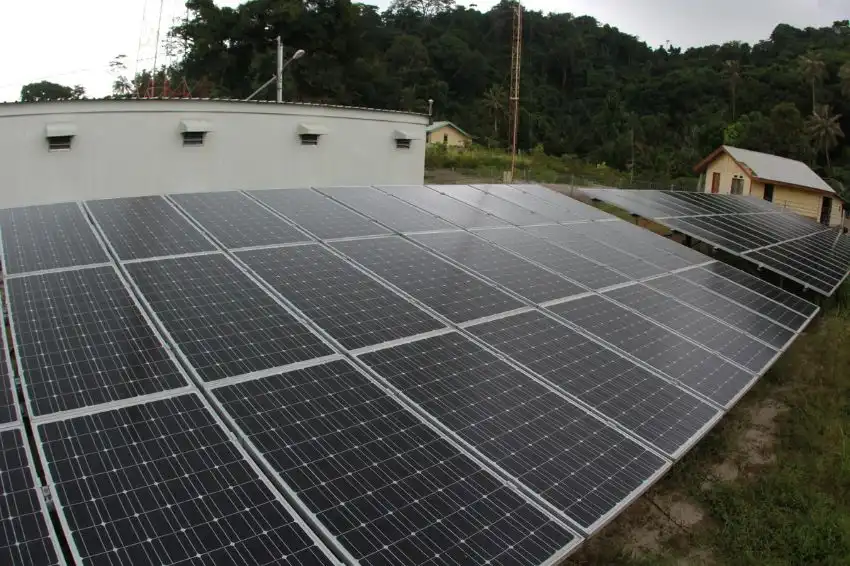In the period between January and June 2023, we were witnesses of a revolution, where 15% reduction in turnaround time investment for residential premises locations stood out as a watershed.
Bearing in mind that the residential and commercial systems are the best sellers, representing a large part of the power added in microgeneration, it is essential that the integrator is able to inform the customer about how financially advantageous it is to purchase a photovoltaic system.
In this article, I share with you how reducing payback was significant in 2023, and how this can be an opportunity to new sales closings.
The fall in CAPEX
O CAPEX is the capital cost associated with the purchase of equipment that makes up a photovoltaic system. In other words: it includes modules, inverters, optimizers, protection equipment, structures, cables, and also all raw materials.
Still in 2023, compared to the month of January, we experienced a drop in the price of several inputs:
- Drop of 46% in the price of polysilicon;
- Drop of 12% in the price of steel;
- 41% drop in lithium price.
Thus, the decrease in the prices of photovoltaic equipment was the main catalyst for this positive change.
More articles by Gustavo Tegon
-
How to stop selling prices on solar energy?
-
When objections come from the seller, not the customer
-
Strategic partnerships: boosting solar energy sales
Faster return on investment
In the context of DG (distributed generation) in Brazil, connections made after January 7th, during the second transition period of compensation rules (GD II), were especially benefited. See some data that speak for themselves:
- Homes: Return on investment reduced from a range of 3.8 to 5.7 years in January to 3.1 to 4.8 years in June;
- Trades: Payback ranged from 3.3 to 4.8 years in January, reaching a range of 2.4 to 3.7 years in June;
- Industries: Industrial connections saw a drop from 4.5 to 7.2 years to 4.0 to 6.3 years.
The magic of falling prices
In addition to being able to argue that the system will “pay for itself” in a few years, the impressive drops in the prices of photovoltaic systems also represent a huge selling point. The drop was 17% in June, driven by the reduction in the prices of solar panels, the devaluation of the dollar and the high level of stockpiling by equipment distributors.
This is the ideal time to use urgency triggers, after all, it is not known how long the drop in prices of essential inputs will last. Communicate this unique window of opportunity and highlight the unpredictability of price stability.
Inspire the client about the possibilities of return on investment
An important part of the salesperson's role is being able to make the customer understand the value of the purchase, beyond the economic value. As much as I am talking about the advantage in relation to prices here, it is necessary to focus on what the return on investment really means for the customer.
In the case of a residential installation client, show how quickly recovering the investment can mean savings that will boost other dreams. In other words, with the investment recovered and starting to yield significant savings, it is possible to save for a trip, a course, or making a dream come true.
For the client who is a trader, it is worth arguing that significant savings on energy bills can also be a competitive advantage. After all, in addition to being able to invest more in its own business, the company will make a positive impression on the public who cares about sustainability.
For both profiles, there is a very strong argument that should not be left aside: the electricity bill will never stop rising. Whenever possible, it is worth comparing how much solar energy is an investment that is competing with an expense that only tends to increase. If the customer can purchase a system, there is no reason to stick to traditional electricity.
Turning challenges into opportunities
Given this scenario, it is crucial that we take advantage of the opportunity that presents itself. The constant evolution of the solar sector not only makes sustainable energy more affordable, but also contributes to reducing the carbon footprint.
Ultimately, return on investment is not just a financial metric and commercial attractiveness. It is an investment in a more sustainable tomorrow. As we continue to shape the energy landscape, we remember that every solar connection is more than wires and panels – it's a significant step toward a world where clean energy is not just a choice, but the only sensible choice .
We are on the threshold of an era where the solar revolution is no longer a vision, but a tangible reality. The question is no longer whether we should invest in solar energy, but rather how much more we can contribute to this unstoppable wave of transformation.
United, we are the architects of a future where solar energy it is not just an option; It is the driving force that propels humanity towards brighter horizons!
The opinions and information expressed are the sole responsibility of the author and do not necessarily represent the official position of Canal Solar.















